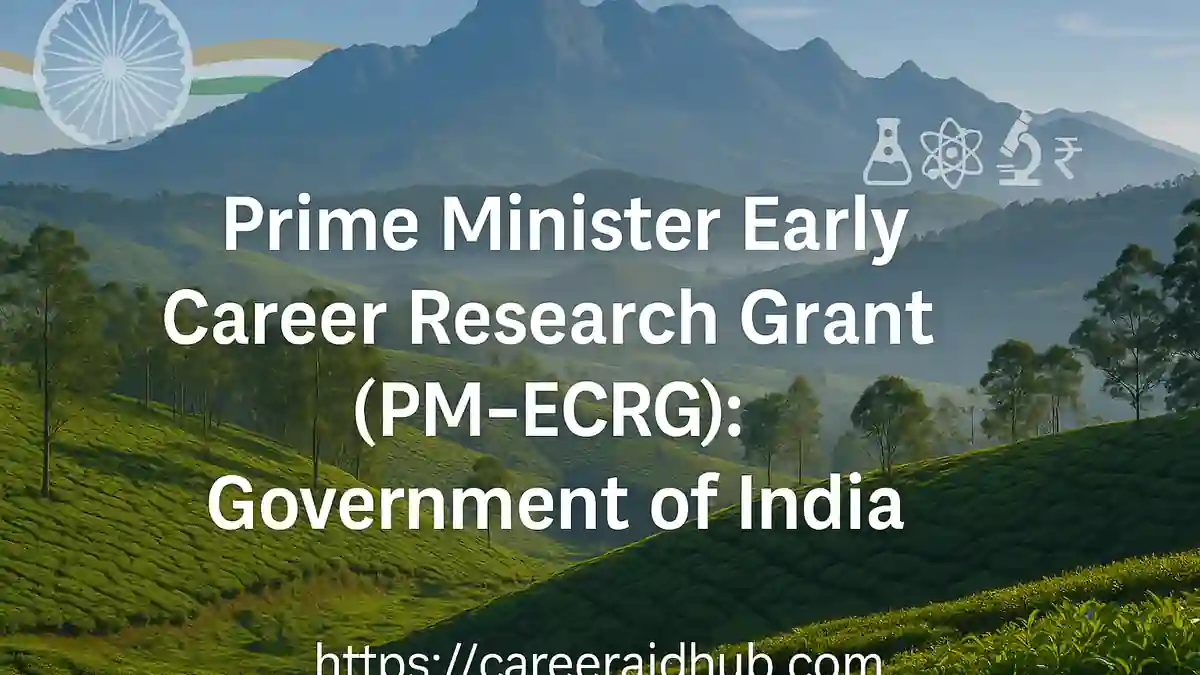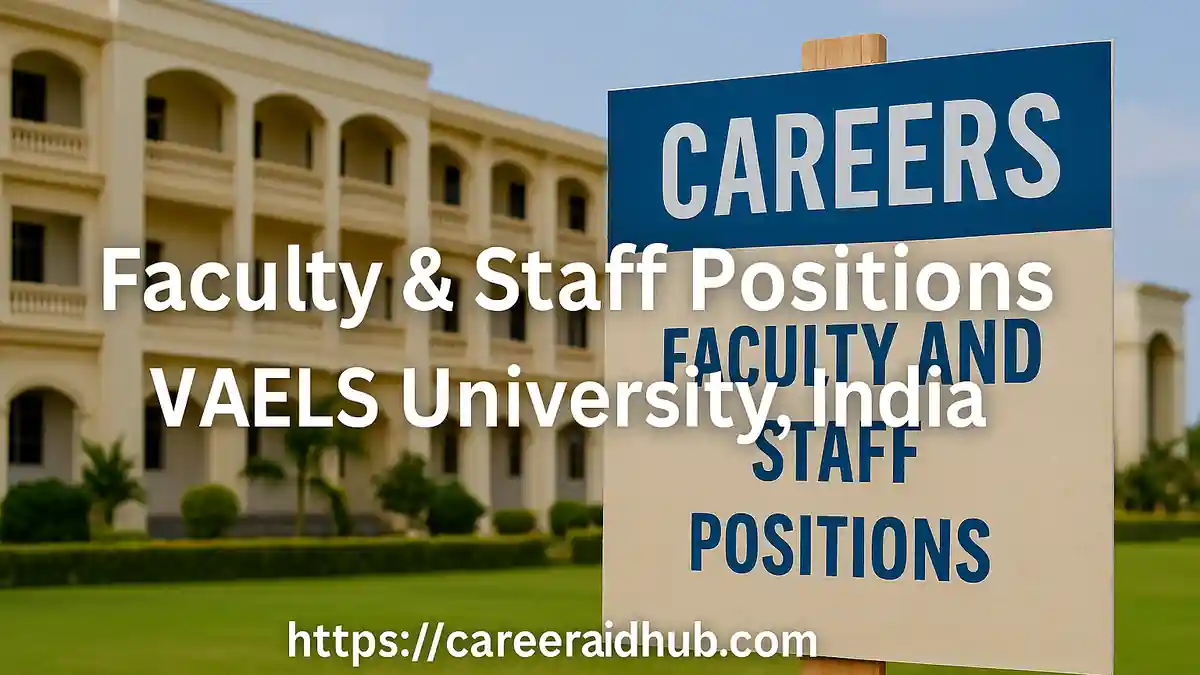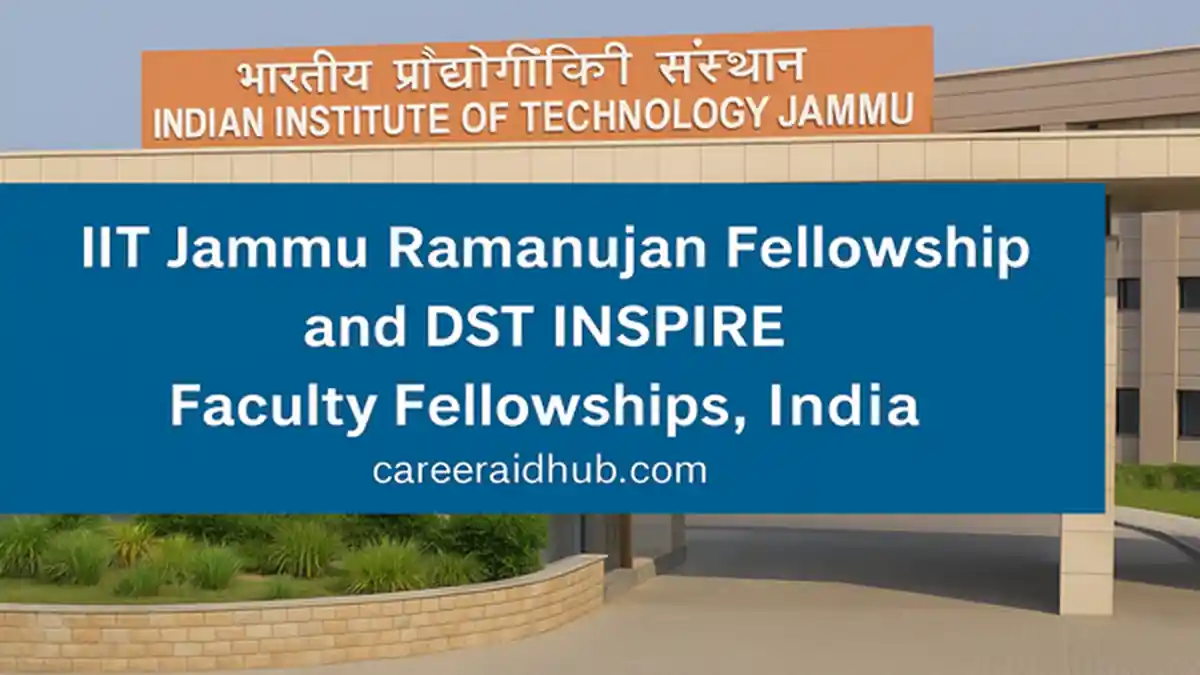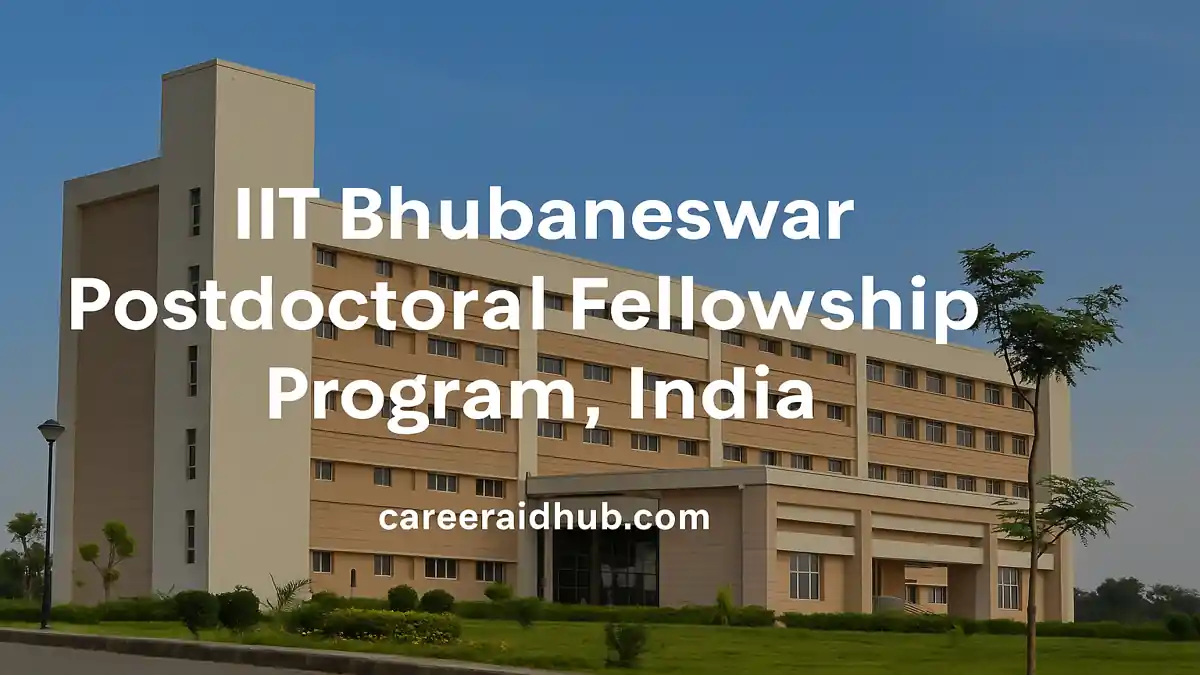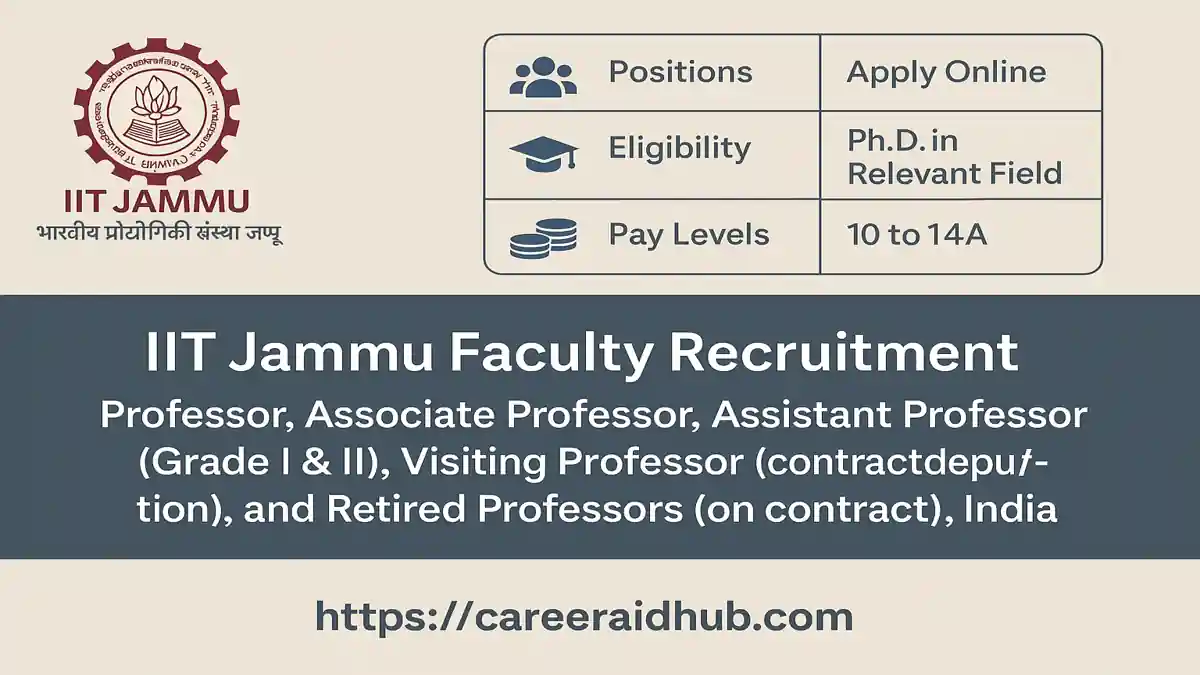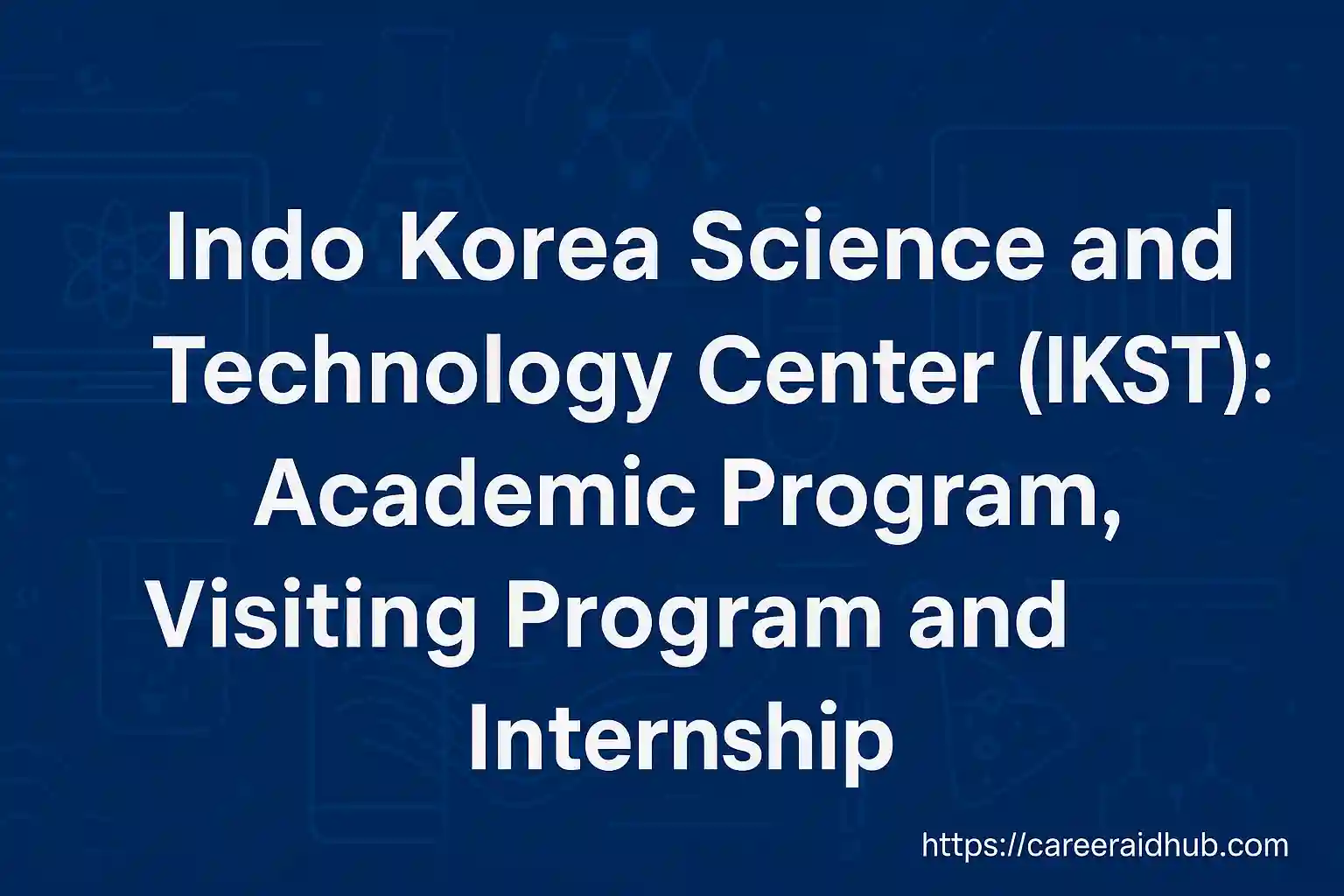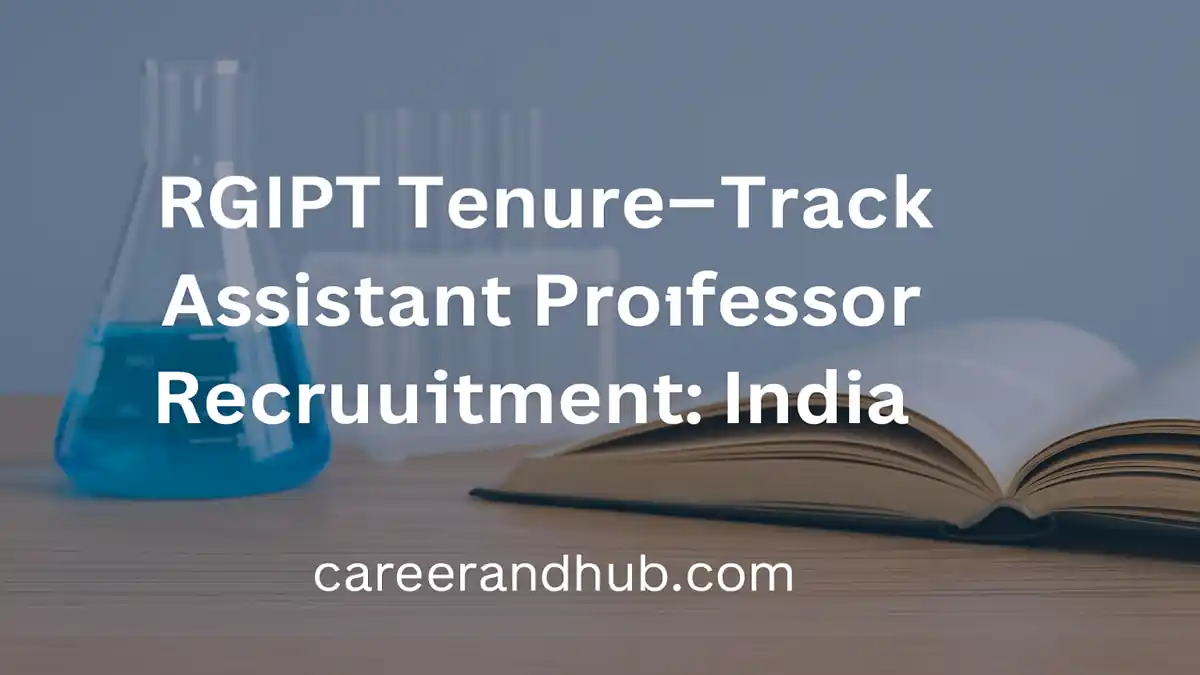Prime Minister Early Career Research Grant (PM-ECRG) — An ANRF Guide for First-Time Applicants
If you are in the first couple of years of a faculty or scientist appointment in India, the Prime Minister Early Career Research Grant (PM-ECRG) by the Anusandhan National Research Foundation (ANRF) is among the most strategic starter grants you can pursue. It offers flexible funding for equipment, personnel, and travel—purpose-built to help early-career researchers launch an independent, visible program. This practical guide distills eligibility, funding, documents, review criteria, and application steps, along with planning tips to strengthen your proposal from day one.
Launch your lab with confidence. The Prime Minister Early Career Research Grant (PM-ECRG) from ANRF offers up to ₹60 lakh over three years for equipment, personnel, and travel—so you can deliver high-impact results fast. If you’ve recently joined a faculty or scientist post in India, this is your strongest first grant.
What the PM-ECRG Funds (and Why It Matters)
The PM-ECRG provides a research grant of up to ₹60 lakh for three years, plus institutional overheads. The budget commonly supports equipment, manpower (JRF/PA), consumables, travel (domestic and international), contingency, and open-access/patent costs under flexible utilization norms—ideal for fast-moving labs and collaborative work. Crucially, international travel for project-related activities is permitted, enabling you to present results, initiate collaborations, and adopt methods
Duration: 3 years
Typical heads: Equipment, personnel, consumables, travel (including international), contingency, overheads
Flexibility: Enhanced allowances for travel/contingency; support for open-access and IP filings
Who Can Apply: Core Eligibility
To be competitive—and, importantly, to be eligible—ensure that you satisfy all of the following (always confirm the latest conditions on the official page):
-
-
Citizenship & degree: PhD in Science/Engineering or MD/MS/MDS/MVSc; Indian citizens are eligible (PIO/OCI as per ANRF rules where applicable).
-
Position: A regular academic/research appointment at a recognized university, national laboratory, or R&D institution in India.
-
Window: Apply within two years of joining your institution; the grant is structured as a true starter award.
-
Age: Upper age limit of 42 years with relaxation for SC/ST/OBC/Persons with Disabilities and women candidates.
-
Tip: If you joined recently, prepare internal approvals and your ANRF portal profile early. Applicants often lose time chasing NOCs, ethics clearances, or equipment quotations.
The Application: Platform, Profile, and Proposal
Applications are submitted through ANRF’s Electronic Project Proposal
1) CV with Selected Works
Highlight 4–6 publications most relevant to the proposal (include DOIs). Emphasize your technical contribution, data stewardship, and methodological originality.
2) Project Summary (Plain-Language + Technical)
Write a crisp non-specialist abstract explaining why the problem matters and a technical précis clarifying what is new relative to the state-of-the-art.
3) Work Packages and Timeline
Divide the project into 2–3 work packages (WPs) with quarterly milestones. Include a simple Gantt and clear go/no-go criteria.
4) Methods & Risk Plan
List techniques, instruments, datasets, and analysis pipelines. Flag foreseeable risks and outline fallback routes to maintain deliverables.
5) Budget with Justification
Itemize equipment (with indicative quotes), personnel, travel, and contingencies. Link every line item to a WP milestone or outcome.
6) Institutional Approvals
Secure ethics/biosafety/IACUC/field permits in parallel. If you depend on external facilities, add letters/MoUs indicating access.
What Reviewers Look For (and How to Signal It)
Originality & significance. Identify the literature gap and the specific advance your lab will deliver. A simple
Feasibility & resources. Map each major method to available facilities (in-house and external). If specialized access is needed, include brief confirmation.
Team plan & mentoring. Define roles for JRF/PA and name co-mentors or collaborators where relevant. Explain training, data governance, and quality control.
Outcomes & dissemination. Specify target journals, data-sharing plans, conference venues, and, where appropriate, translational pathways.
Value for money. Align the budget with deliverables; avoid shopping-list requests that do not accelerate results.
Timeline and Next Cycles
ANRF announces calls via the program portal and through institutional research offices. A recent cycle aligned its major deadline in November. By historical pattern, the next window can be expected around October–November; therefore, pencil this into your planning calendar and mark “we will update soon” until the official notice is released. Always verify the live timeline on the program page before you submit.
Pro tip: Well before the call opens, complete your portal profile, draft technical sections, and collect support documents. When the portal activates, you will only need to refine, proof, and upload.
Common Pitfalls (and How to Avoid Them)
-
-
Over-ambitious scope. Three years is generous, yet focus on two or three WPs you can genuinely deliver. Keep only one high-risk/high-reward thread.
-
Unclear facility access. If a key
instrument is external, attach a short access letter or service quote. Ambiguity invites triage. -
Budget–deliverable mismatch. If you request substantial equipment, show exactly where it appears in methods and how it accelerates milestones.
-
Thin data management. Outline storage, versioning, QA, and sharing. Reproducibility now forms part of perceived feasibility.
-
Who Should Definitely Apply
-
-
New assistant professors/scientists who joined within the past two years and need seed capital to define a focused laboratory identity.
-
Returnee scholars moving from postdoc to PI in India who want to port techniques and networks efficiently.
-
Interdisciplinary hires with convergent access (compute, imaging, prototyping) and a plan to publish quickly.
-
When your idea is method-heavy—a new assay, dataset, or model—with clear deliverables, PM-ECRG is an excellent fit thanks to flexible heads and travel support for collaboration.
Step-by-Step Application Checklist
-
-
Confirm eligibility (degree, appointment type, two-year window from joining, and age criteria).
-
Register on the ANRF portal and complete the User Profile.
-
Draft the proposal (abstracts, WPs, methods, risks, outcomes).
-
Assemble documents (CV with DOIs, approvals, support letters).
-
Build the budget with indicative quotes and a staffing plan.
-
Request an internal review from a colleague outside your subfield for clarity.
-
Submit early to avoid portal load; use the edit window if available.
-
Quick Reference: Facts at a Glance
-
-
Program: Prime Minister Early Career Research Grant (PM-ECRG), ANRF
-
Funding: Up to ₹60 lakh for 3 years + overheads; international travel permitted for project needs
-
Eligibility: PhD/MD/MS/MDS/MVSc; regular position in a recognized Indian institution; apply within two years of joining; age ≤ 42 (with statutory relaxations)
-
Awards: Significant number of grants awarded across disciplines nationwide
-
Apply: Via the ANRF online portal; prepare profile + proposal + supporting documents
-
Final Takeaway
PM-ECRG is designed to help you cross the starting line with resources and flexibility aligned to early-career realities: building a team, acquiring essential tools, traveling to catalyze collaborations, and publishing rapidly. If your project presents a sharp hypothesis, a credible three-year plan, and a budget tied directly to outputs, you are a strong candidate. Begin with the official PM-ECRG program page and portal, prepare the core sections now, and watch for the anticipated Oct–Nov call window (we will update soon).
Program Facts Table
| Feature | Details |
|---|---|
| Program Name | Prime Minister Early Career Research Grant (PM-ECRG) |
| Host Country | India |
| Funded By | Anusandhan National Research Foundation (ANRF) |
| Duration | 3 years |
| Study Mode | Full-time research at host institution |
| Eligibility | PhD/MD/MS/MDS/MVSc; regular position; apply within two years of joining; age ≤ 42 with relaxations |
| Financial Support | Up to ₹60 lakh + overheads; equipment, manpower, consumables, domestic/international travel, contingency, open-access/IP costs |
| Fields of Study | All disciplines under science, engineering, and allied areas as per ANRF scope |
| Deadline | Grant will be opening soon from 03-November-2025 to 02-December-2025 |
| Official Website | Click Here |
References (Official)
-
PM-ECRG — ANRF Program Page & Portal
Frequently Asked Questions
Indian researchers in regular academic or R&D positions, within two years of joining, with a PhD/MD/MS/MDS/MVSc, and within the specified age limit.
You can request up to ₹60 lakh for three years, plus institutional overheads, across equipment, personnel, consumables, travel, and contingency.
Yes. Project-relevant international travel is allowed for conferences, collaborations, method transfer, and dissemination.
All science and engineering disciplines are considered, including interdisciplinary and translational research areas aligned with national priorities.
Apply within two years of your official joining date to meet the early-career window.
A focused proposal, clear work packages, indicative equipment quotes, approvals, data-management plan, and a concise CV with key publications.
Reviewers assess originality, feasibility, resources, team plan, outcomes, and budget-deliverable alignment, alongside national relevance.
Yes. Include one high-risk/high-reward thread with fallback routes, while keeping the core scope achievable.
Budgets commonly support JRFs/Project Assistants with justifications tied to milestones and defined roles.
Historically, calls cluster around October–November. Track the portal for updates; we will update soon after the official notice.
Premium Mentorship for a Stronger Application
- Premium Mentorship: personalised 1:1 guidance for this and similar opportunities
- In-depth review of your CV, academic profile, and key statements
- Aligned with international selection criteria so your profile matches what panels expect
- Stronger, more compelling narrative for highly competitive calls
- Step-by-step support from opportunity mapping to final submission (fee-based)

